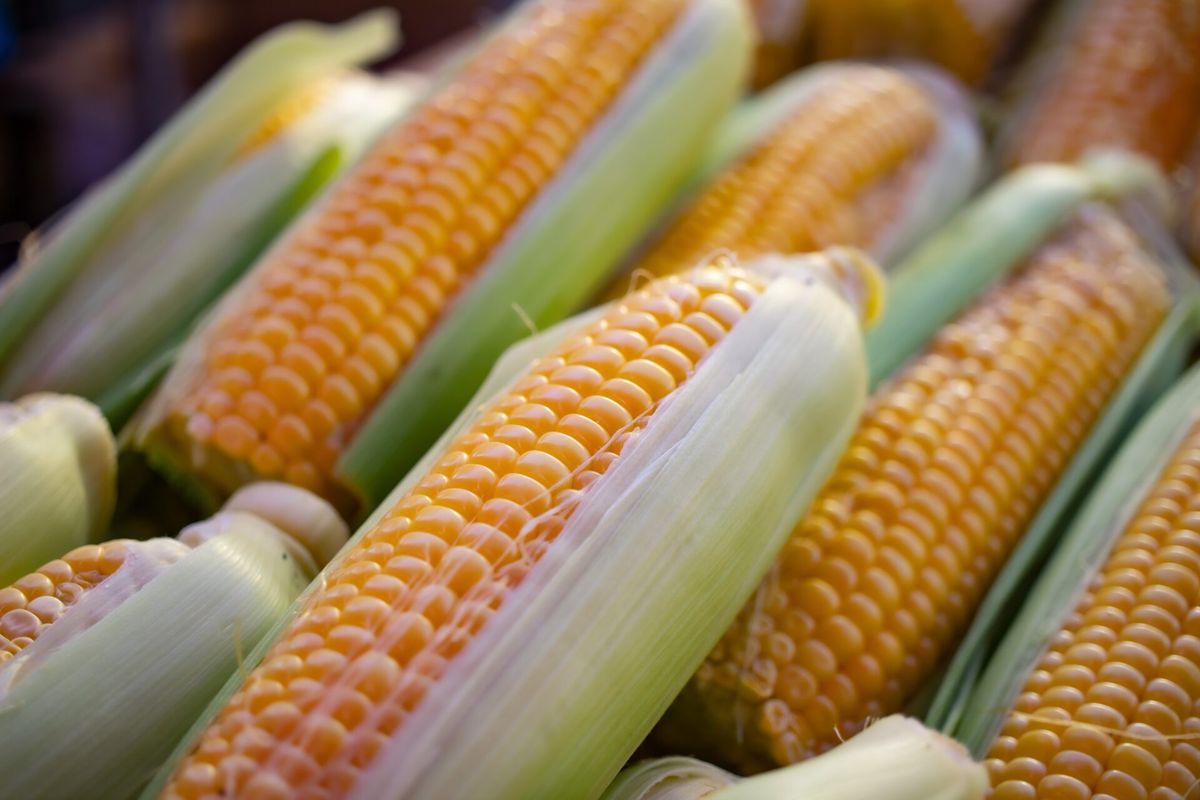Brazilian market of corn is looking for some bullish argument at the start of the second crop harvest

The catastrophe in Rio Grande do Sul is not a major variable in the rise in corn prices. The demand may even fall due to the losses in farms and genetic material in matrix management. On the other hand, there is continued drought in second-crop production hubs in the north of Paraná, Mato Grosso do Sul, São Paulo and, now, Minas Gerais. The highlight of the moment is the start of the harvest last week in locations in Mato Grosso, revealing high productivity for a second crop and already resulting in trade flow for the domestic market and exports. Exports begin with the arrival of ships to Santarém and Paranaguá, which will be completely normal from now on. Exports will be key to Brazil’s carryover stocks and their progress from now on will provide price signals after September. Before that, however, the market will need to converge prices toward export parity.
The Brazilian domestic market has very conflicting situations this month. We can cite three complex situations for domestic prices:
– The catastrophe in Rio Grande do Sul. The situation is really quite difficult for the meat sector due to the fact that it occurred in an important region of farms and feedstuff industries. The possibility of a decline in demand due to the volume of affected farms in the flooded regions cannot be ruled out. The situation now is more one of logistics than a corn shortage, not least because there were not enough remaining corn crops to be reaped to cause any significant damage. Owing to difficult logistics and damage to silos, consumers need to supplement their supply with corn from other states, which is already happening without major problems;
– The May drought in areas of Mato Grosso do Sul, with severe losses in the center-south of the state. Northern Paraná is in the same context as the neighboring state, as well as western São Paulo. In Minas Gerais, in later crops, the lack of rain in May is also bringing the possibility of losses for the second crop. There is no doubt that there will be a new downward production adjustment in the 2024 crop due to this situation in this region. What needs to be assessed is whether this loss in the region is enough to generate an increase in prices in this pre-harvest period or just after the end of the harvest, from October onward. According to certain sources of information, which already drove producers to make a mistake in soybeans in the first half of the year, the attempt to focus on a bullish picture for corn due to MS, PR, and SP seems clear, including the attempt to raise prices on B3;
– The final picture is definitive. The great second crop in terms of productivity and production in Mato Grosso, Goiás, and Matopiba. The decrease in rainfall now represents very little in the results of such crops due to this year’s planting cycle and the remaining soil water reserve after heavy rains in April. Productivity is coming up with high potential, and part of this increase in results could neutralize part of the crop failure in MS and PR;
In the context of these three situations, there is the supply of the South region, carried out seasonally by Paraguay, Mato Grosso do Sul and Paraná. Supply will need to come from more distant states, such as Mato Grosso and Goiás, to meet part of the regional demand. Therefore, CIF prices in the South tend to remain even above export parity to absorb lots with higher freight. MS and PR are expected to export very little corn in 2024, which could compromise the overall number of exports this year. Both the states export between 8 and 9 mln tons.
Exports began with the appearance of some ships scheduled in Santarém (PA) and Paranaguá (PR), and only one in Barcarena (PA). The flow will now be determined by the international demand context, need to flow out second-crop corn, and port prices. Basically, as we have pointed out, the key point is exports. A strong flow can support the market, but a discreet flow of shipments can generate internal sales pressure throughout the year. Production losses of the second-crop corn production are not enough if exports do not advance at a proportional level of balance.
Read also
Wheat in Southern Brazil Impacted by Dry Weather and Frosts
Oilseed Industry. Leaders and Strategies in the Times of a Great Change
Black Sea & Danube Region: Oilseed and Vegoil Markets Within Ongoing Transfor...
Serbia. The drought will cause extremely high losses for farmers this year
2023/24 Safrinha Corn in Brazil 91% Harvested
Write to us
Our manager will contact you soon



